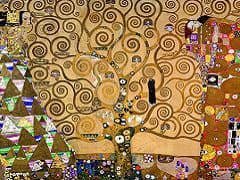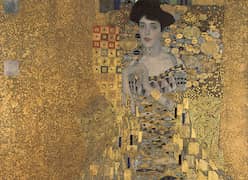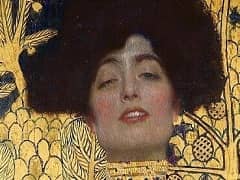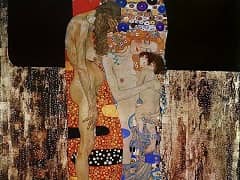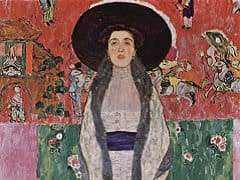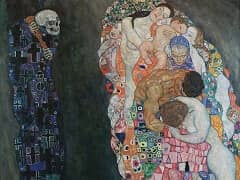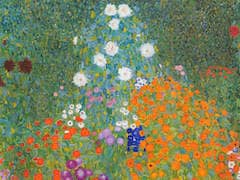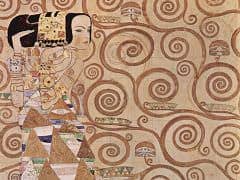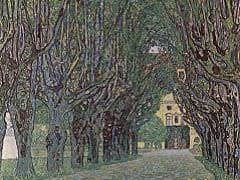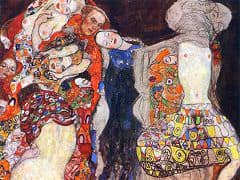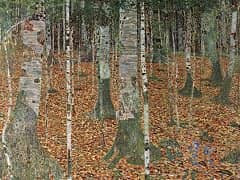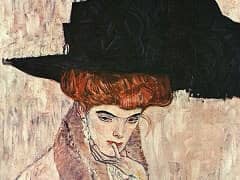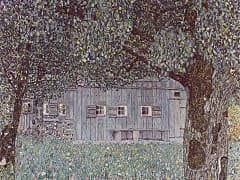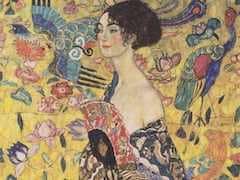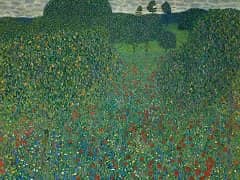Island in the Attersee, 1902 by Gustav Klimt
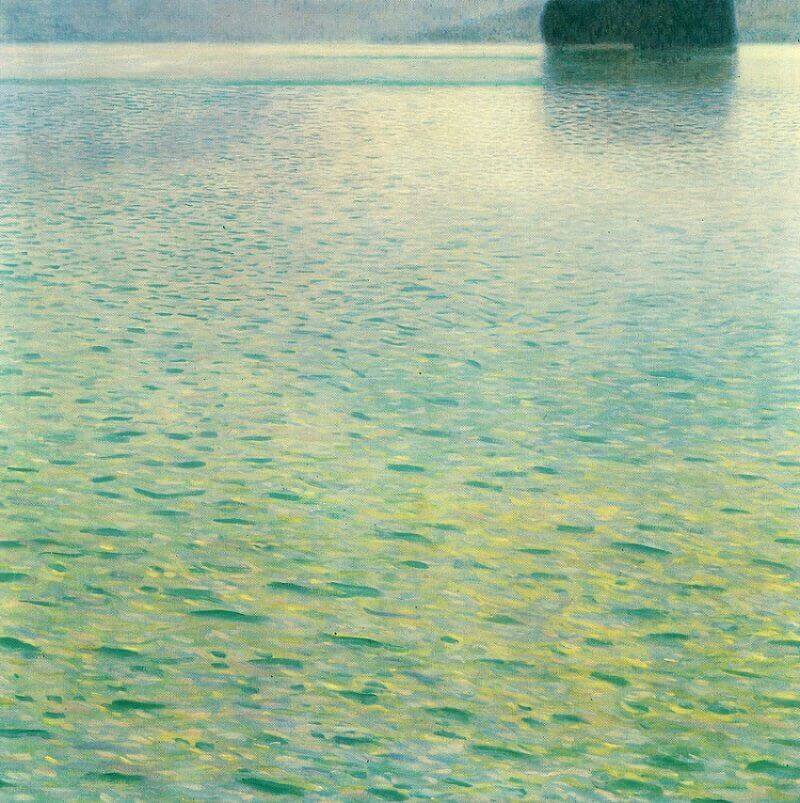
Of his three basic subject types - portraits, allegories and landscapes - Klimt came latest to landscape. Two somewhat antithetical aspects of his career seem to have been responsible for this. On the
one hand, by the late 1890s he at last had the time and money to afford vacations - both literally and artistically - from the subjects that had previously provided his main economic sustenance. On the
other hand, the increasingly controversial nature of his work made such vacations an emotional necessity. Initially a form of private relaxation, landscape painting eventually also became a viable
source of income as the support for his more inflammatory public allegories gradually dried up.
Klimt's first landscapes can be dated to roughly 1897-98, at which time, not coincidentally, he began spending the summer months on the Attersee with the family of Emilie Floge. Among the group of lakes
nestled in the foothills of the Alps that form the heart of the Salzkammergut region east of Salzburg, the Attersee is one of the quietest, and though it had, by Klimt's day, been an established resort
for many decades, it lacked the social hubbub of such neighboring watering-holes as Ischl, where the Emperor summered. From the turn of the century until the end of his life, Klimt would, with few
exceptions, spend every summer with the Floges on this picturesque lake. Virtually his entire landscape oeuvre originated here. Leaving aside these prolonged excursions, Klimt did not relish travel,
became homesick after only a few days on the road, and generally was not comfortable enough away from Vienna to produce any paintings.
It is said that Klimt was fascinated by water and could spend hours just staring at the lake, watching the changing patterns of light and color. His Island in the Attersee (the Litzlberg Island opposite
the tavern of the same name where he stayed between 1900 and 1907) is certainly suggestive of such preoccupations. Though aspects of the painting could be called Impressionistic or pointillistic, Klimt
was not trying to render the effects of natural light so much as to create a tone-poem wherein multi-hued dabs of paint, tuned to a similar pitch, vibrate together in transcendent harmony. Also
characteristic not only of late Impressionism but also of Art Nouveau is Klimt's high horizon line, which in this case thrusts all the compositional activity
almost off the picture plane. Over ninety percent of the painting is pure surface, a delicately modulated field of brush strokes that nearly loses hold of objective reality and approaches total abstraction.


